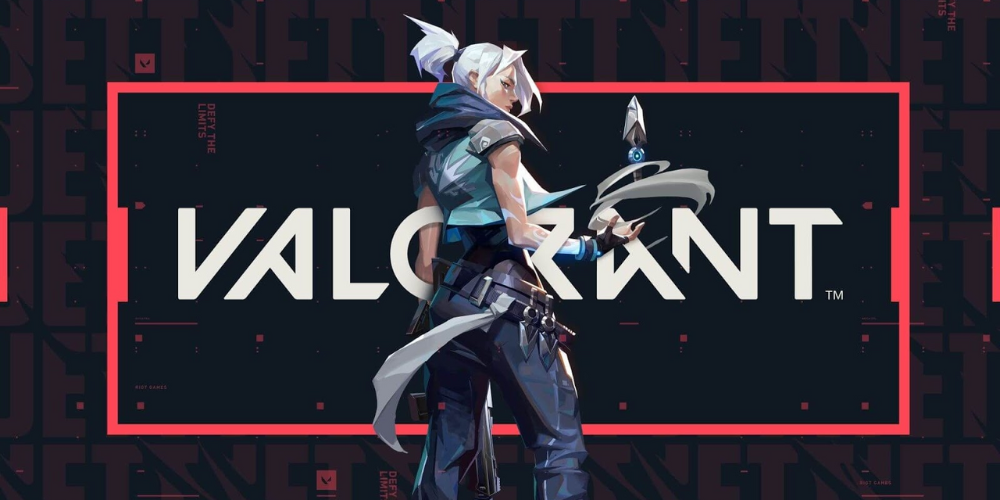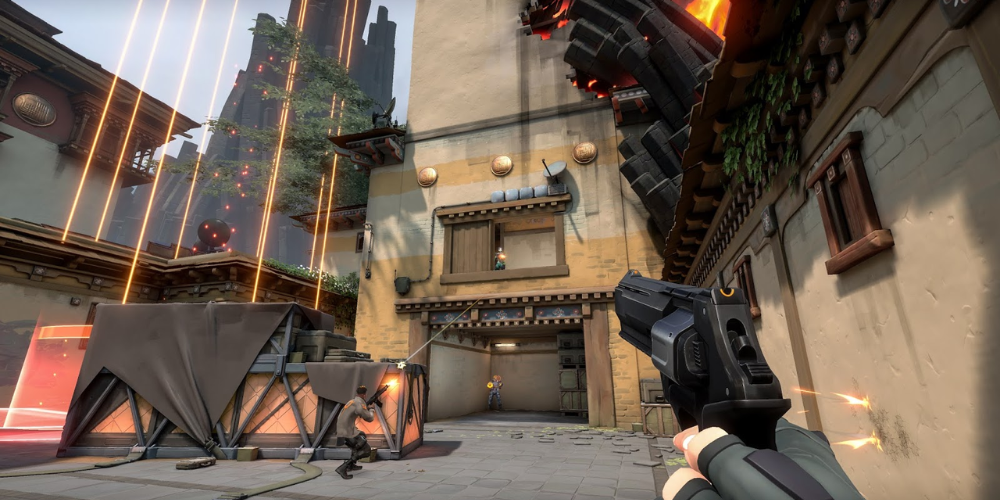Valorant Agent Guide: Understanding Abilities and Best Strategies
- Mar 09, 2024
- 296

Valorant, Riot Games' first-person shooter, has captivated millions of players worldwide with its diverse cast of characters, known as 'agents'. Each one brings a unique set of abilities that can significantly impact the outcome of a match. Mastering these abilities, along with implementing effective strategies, is key to securing victory. This comprehensive guide will delve into each agent's toolkit and provide insights into the best strategies for using them effectively.
Understanding Agent Roles
Before diving into individual agents, it's crucial to understand the four roles in Valorant:
- Initiators: Specialize in gaining control of areas and disrupting enemy defenses.
- Duelists: Built for aggressive play, focusing on securing eliminations.
- Controllers: Excel in manipulating the battlefield to benefit their team through vision control and area denial.
- Sentinels: Focus on defense, providing healing or resurrection, and protecting territories and teammates.
Agent Abilities and Strategies
Now, let's break down the abilities of selected agents from each role and discuss the best strategies for leveraging their skills.
Phoenix (Duelist)

Phoenix shines in aggressive play, with abilities centered around fire that both harm enemies and heal himself.
- Curveball: A flashbang that curves around corners, ideal for initiating or defending a push.
- Hot Hands: Throws a fireball that damages enemies and heals Phoenix.
- Blaze: Creates a wall of fire that blocks vision and damages anyone passing through it while healing Phoenix if he stands in it.
- Run it Back: Upon activation, Phoenix marks his current location. If he is taken down during the ability's duration, he'll respawn at the marked location with full health.
Strategy: Use Curveball to disorient enemies before entering a site and Hot Hands to clear tight corners where opponents might hide. Blaze can be used to safely cross open spaces or split sites during a push. Employ Run it Back aggressively to gather information or secure a difficult area, knowing you'll return safely if eliminated.
Viper (Controller)
Viper uses toxic chemicals to control the battlefield, excelling in cutting off sightlines and delaying enemy pushes.
- Snake Bite: Launches a projectile that creates a pool of acid, damaging and slowing enemies.
- Toxic Screen: Emits a long line of toxic gas walls that cut through the entire map and can be deactivated and reactivated.
- Viper's Pit: Creates a massive toxic cloud around Viper, reducing visibility and decaying the health of enemies inside it.
Strategy: Use Snake Bite to prevent bomb defusals or to clear out common hiding spots. Poison Cloud and Toxic Screen are invaluable for securing entries, planting the bomb, and retaking sites. Viper's Pit can single-handedly control a bomb site; use it post-plant or defensively when expecting a coordinated push.
Sage (Sentinel)
Sage excels in area control and team support, capable of healing teammates, reviving them, or slowing down enemy advances.

- Barrier Orb: Erects a solid wall that can be rotated before placement, excellent for blocking paths or creating safe planting spots.
- Slow Orb: Throws out a sphere that creates a field, slowing anyone inside it and making their movement audible.
- Healing Orb: Heals a teammate or herself over a few seconds.
- Resurrection: Revives a fallen teammate with full health after a brief delay.
Strategy: Position Barrier Orb thoughtfully, either to slow down enemy advances or to protect objectives. Use Slow Orb at choke points or to cover a retreat. Healing Orb has a significant cooldown, so prioritize healing for players who can maximize its benefit. Resurrection can swing rounds in your favor; use it judiciously, ideally in safe locations or during crucial moments.
Breach (Initiator)
Breach specializes in initiating fights with his explosive and disruptive abilities, capable of breaking through enemy lines and causing chaos.
- Flashpoint: Deploys a blinding charge on a wall that flashes anyone looking at it on the other side.
- Fault Line: Releases a seismic blast that stuns all players caught in its line.
- Aftershock: Fires a slow-fusing charge through a wall that explodes, dealing heavy damage.
- Rolling Thunder: Sends a cascading quake through the terrain, stunning and tossing enemies in its path.

Strategy: Communication with your team is crucial when playing Breach. Use Flashpoint to support teammate entries or defend against pushes. Fault Lines and Rolling Thunder can disrupt enemy positioning and leave them vulnerable. Aftershock is perfect for clearing out common hiding spots or deterring bomb defusals.
General Strategy Tips
Success in Valorant hinges on more than knowing your agent's abilities; it's about strategic gameplay and teamwork. Here are some additional tips to enhance your strategy:
- Communication is key: Always communicate with your team about your plans, enemy positions, and when you're using your abilities.
- Play around your agent's strengths: Adjust your play style to match the strengths of your agent and work with your team to cover weaknesses.
- Practice makes perfect: Spend time in practice modes to familiarize yourself with each ability's range, effect, and cool down.
- Strategic ability use: Save your abilities for the right moment. Misusing an ability can cost you the round.
- Learn from the pros: Watch streams or replays of professional players to see high-level strategies and ability usage in action.
Valorant's tactical gameplay and diverse agent roster offer endless possibilities for strategic play. By understanding your agent's abilities and applying effective strategies, you can increase your chances of securing victory and climbing the ranks. Remember, adaptability and teamwork are as crucial as individual skills. Happy gaming!